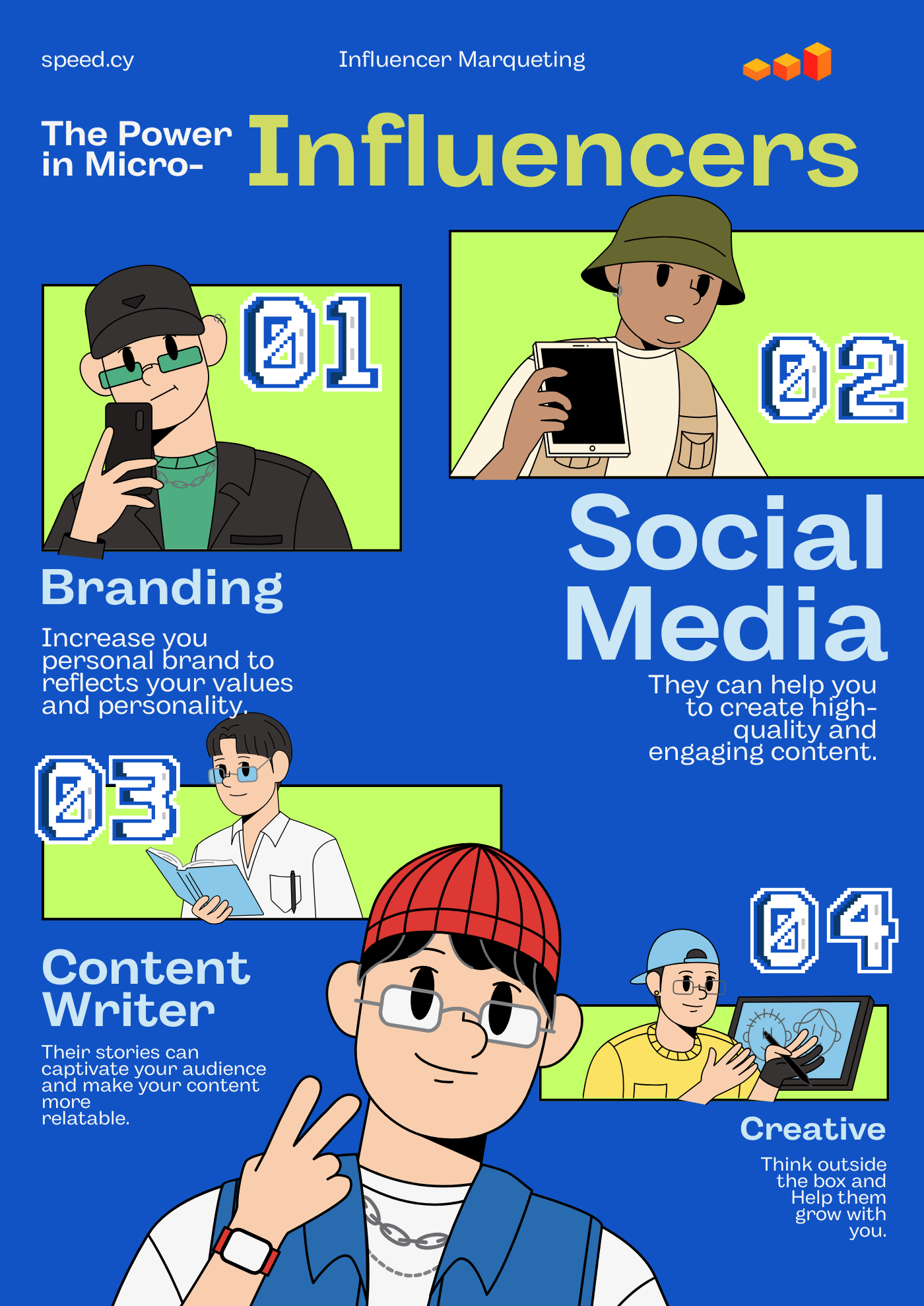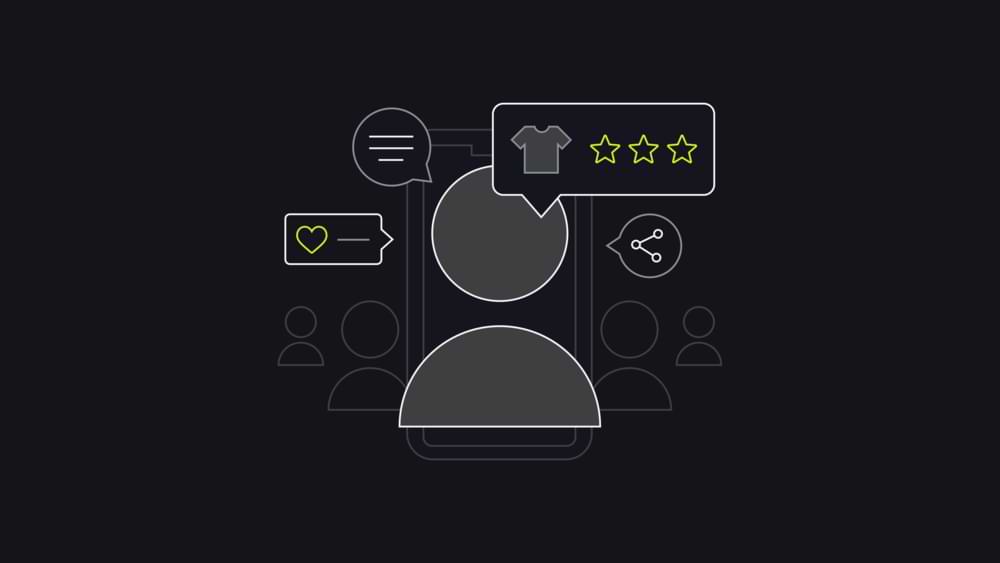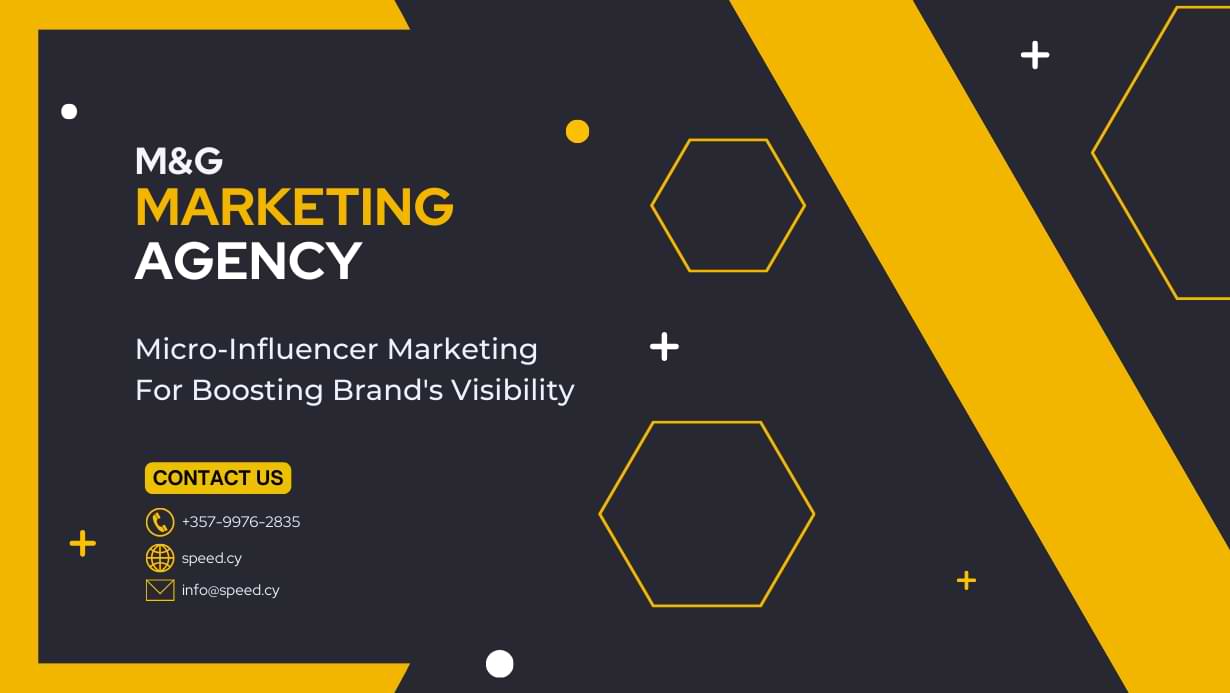Micro-influencer marketing has become an increasingly popular tactic for brands looking to increase awareness and engagement without breaking the bank on big celebrity sponsorships. But what exactly is a micro-influencer? And how can partnering with them help your marketing efforts?
This comprehensive guide will cover everything you need to know about leveraging micro-influencers to grow your brand and connect with targeted niche audiences.
What is a Micro-Influencer?
In the influencer world, a micro influencer typically refers to someone who has a following between 10,000 to 100,000 engaged followers on social media.
They have smaller audiences compared to mega-influencers or celebrities, who can have millions of fans. But micro-influencers make up for it by fostering stronger connections and higher engagement levels with their followers.
Micro influencers tend to focus on specific niches or industries like:
- Fashion
- Beauty
- Travel
- Fitness
- Food/Restaurants
- Technology
They build deep expertise and a reputation in their chosen niche by consistently creating and sharing high-quality content related to it. This niche focus allows them to form a more targeted, relevant audience than broadly popular accounts.
Key Traits of Micro-Influencers
Beyond their smaller but engaged following sizes, micro-influencers also stand out for:
- Niche focus: As mentioned, they hone in on specific topics, industries, or interests rather than having a generalized account.
- Accessibility and engagement: Micro-influencers make a conscious effort to engage with their followers via comments, messages, etc. This cultivated relationship leads to higher engagement rates on content.
- Perceived authenticity: Followers view micro-influencers are more “real” people they can relate to rather than inaccessible big names.
- Cost-effectiveness: Micro-influencers charge much less than larger accounts for branded partnerships and sponsorships.
Together, these traits make them appealing partners for brands looking for cost-efficient influencer marketing with a targeted reach.
Why Brands Love Micro-Influencers

Partnering with micro-influencers provides many unique benefits compared to traditional advertising or working with high-profile influencers.
More Targeted Niche Audiences
Micro-influencers allow your brand to zero in on specific demographics and interests.
For example, an athletic wear company would want to work with fitness micro-influencers to get products in front of their engaged follower base rather than pay for a general lifestyle blogger.
Niche targeting leads to:
- Higher conversion rates
- Increased engagement
- More relevant brand exposure
Focused niche outreach enhances your connection with ideal potential customers.
Significantly Better Engagement Rates
Multiple studies have found micro-influencers drive 4-10X the engagement rate of accounts with over 1 million followers.
Absolutely! Here’s a breakdown of real micro-influencer engagement stats, along with some sources to further your research:
Key Stats:
- Higher Engagement Rates: Micro-influencers (generally with 10,000-100,000 followers) outperform larger influencers in engagement. They often have average engagement rates of:
- Instagram: 3.86%
- TikTok: 17.96%
- Affordability: Micro-influencers are significantly more cost-effective than larger influencers. A baseline cost is often considered around $100-300 per 10k followers.
- Authenticity and Trust: Consumers often see micro-influencers as more relatable and authentic. This translates to higher trust in recommendations.
- Niche Focus: Micro-influencers tend to focus on specific niches or topics, helping brands connect with their ideal target audience more precisely.
Important Considerations
- Engagement Rate is Key: Look for micro-influencers with engagement rates of 2-3% or higher. Higher engagement indicates an active, interested audience.
- Follower Quality: Not all followers are equal. Watch out for signs of fake followers or bots, as these will inflate the numbers without real reach.
- Relevance: Ensure a strong alignment between the influencer’s niche and your brand’s focus to maximize results.
Sources for Further Micro-Influencer Research
- Meltwater: Influencer Marketing Statistics (https://www.meltwater.com/en/blog/influencer-marketing-statistics)
- Embryo Digital: Small But Mighty: 25 Must-Know Micro-Influencer Stats (https://embryo.com/blog/small-but-mighty-25-must-know-micro-influencer-stats/)
- Spiralytics: Why Micro-Influencers Are Better: 11 Statistics to Consider (https://www.spiralytics.com/blog/micro-influencers-statistics/)
- Trend.io: The Rise of Micro Influencers (https://www.trend.io/blog/the-rise-of-micro-influencers)
- Influencer Marketing Hub: 17 Key Marketing Statistics to Fuel Your Strategy (https://influencermarketinghub.com/influencer-marketing-statistics/)
Why is their engagement so much higher?
- Their followers view them as authentic experts, not “famous for fame’s sake”.
- Having a defined niche allows for more specialized, on-brand content their audience loves.
- They actively interact with their followers in the comments and DMs. Big names can’t reasonably do this at scale.
Higher engagement rates mean more eyes on your brand and content. And when followers are actively liking, commenting, and sharing, it produces viral effects to expand your reach.
Increased Brand Credibility
Partnerships with micro-influencers let your brand make authentic connections they’ve already fostered with their audience.
You effectively “borrow” their industry credibility to establish trust and resonance with potential customers.
This humanizes the brand and provides social proof – which can be more convincing than traditional ads.
Cost Savings
Here are average sponsorship rates according to influencer follower counts:
| Followers | Average Cost Per Post |
|---|---|
| 10k-50k | $100-$500 |
| 50k-100k | $500-$1,000 |
| 500k-1M | $5,000-$10,000 |
| 1M-5M | $10,000-$50,000 |
As you can see, micro-influencers are dramatically more affordable. You can activate multiple partners for the price of one larger influencer.
This allows you to:
- Test working with influencers on a budget
- Run campaigns over extended periods
- Diversify your reach across niches
The combination of low cost and high engagement makes ROI compelling.
How to Find and Vet Potential Micro-Influencers

Let’s explore proven ways to identify and evaluate micro-influencers who may be a great fit.
Manual Searching
The easiest way to find micro-influencers in your niche is good old manual searching.
Start by browsing relevant hashtags or keywords related to your brand like:
- #fashionblogger
- #foodphotography
- #workoutvideos
Engage with micro-influencers who pop up and check out their profiles.
Look for:
- High-quality, consistent content
- Steady engagement on posts
- Responsive interactions with followers
You can also search by location if you want to home in on a particular region.
Spend time finding accounts that would pair well with your brand rather than blindly reaching out. Curate a list of your top micro-influencer prospects.
Evaluating Their Followers
Take a close look at each potential partner’s follower base:
- Do they have an engaged, active audience?
- Is their niche relevant to your brand?
- What interests or needs do their followers have?
You want to ensure their audience aligns with your target customer persona before pursuing a partnership.
Study their follower demographics like age, gender, geography to confirm the match.
Working With Influencer Agencies
If you don’t have time for manual outreach, consider hiring an influencer agency.
They have existing relationships with talent across niches and can match your brand with relevant partners.
Be sure to provide clear guidelines on your:
- Target niche(s)
- Brand messaging
- Ideal influencer attributes
Many agencies compile detailed influencer profiles to simplify vetting potential matches.
How to Set Goals and KPIs for Your Campaign
It’s essential to identify your campaign goals and KPIs before outreach. This keeps partnerships aligned with meaningful objectives.
Common Micro-Influencer Marketing Goals:
- Brand awareness: Have influencers introduce your brand to new niche audiences. Track impressions and reach.
- Engagement: Build connections by having influencers feature your products actively on their channels through posts, stories, live video, etc. Track engagement rate, clicks, follows.
- Lead generation: Encourage their audiences to take actions like signing up for newsletters, submitting contact forms, etc. Track submissions.
- Sales: Drive traffic to your site and track purchases driven through the partnership. Look at click through rate and conversion rate.
- Account followers: Grow your own followers by collaborating. Track new followers.
Make sure to focus on 1-2 goals maximum to keep campaigns targeted.
Benchmark Your Metrics
Research typical engagement rates and conversion figures in your industry.
Use them to set realistic benchmarks for each goal:
- Average conversion rate from a micro-influencer post is 3.6%
- The click through rate for Instagram stories averages 2-4%
Track against your benchmarks to gauge campaign success.
Optimize Along the Way
Check in on metrics at regular intervals. If some partnerships are converting higher than others, double down on what’s working.
Make adjustments to underperforming aspects of your campaign to get back on track. Being data-driven allows you to refine for better ROI.
Best Practices for Creating Effective Influencer Content
What kind of branded content should you have micro-influencers create?
Certain post formats tend to work well across the most popular social platforms.
Instagram lends itself to photo content that shows off your product:
Photos
- Lifestyle imagery
- Flat lays
- Behind the scenes
Instagram Stories
- Unboxings or product reviews
- Discount codes or swipe up links
- Polls and Q&As
Instagram Reels
- Product demos
- User-generated content
👍 Key tips:
- Include natural mentions of your product benefits
- Align with the platform’s visual nature
- Use relevant hashtags in each caption
YouTube
YouTube presents an opportunity for in-depth video content:
- Full product reviews and tutorials
- Interviews with a brand representative
- Day in the life vlogs featuring products
👍 Key tips:
- Have influencers mention product details organically
- Link to your site for more info
- Post snippets on Instagram/TikTok natively
TikTok
Given TikTok’s explosive growth, it’s a channel brands can’t afford to overlook:
- Short reviews with text and graphics
- Trending hashtag challenges
- Behind the scenes and unboxing videos
- Duets responding to comments
👍 Key tips:
- Use platform-specific features like stitching
- Participate in relevant hashtag challenges
- Encourage engagement with polls and questions
The key is encouraging influencers to showcase your brand in ways that resonate natively on each platform. Avoid overly salesy product placement.
Tracking Performance and Results
Make sure you have the right tools and systems in place to comprehensively track campaign analytics.
Brand Monitoring
Use social listening tools to track:
- Brand mentions
- Keyword volume
- Sentiment
These reflect increased awareness.
Traffic and Conversions
Use Google Analytics to monitor:
- Traffic from social media referrals
- Clicks to site/products
- On-site engagement
Tie conversions back to specific influencers with UTM tracking codes.
Engagement Metrics
Follow engagement rate on:
- Influencer posts
- Your owned channels
- Hashtag performance
Calculate engagement rate by dividing interactions by reach.
Performance Recap
At campaign end, pull together all your metrics to calculate:
- Total reach and impressions
- Overall engagement rate
- Click through rate
- Share of voice
- Total sales influenced
Documenting ROI helps make the case for future influencer budgets.
Key Takeaways on Micro-Influencer Marketing
To wrap up, here are the core points to remember:
- Micro-influencers have between 10k-100k engaged followers and specialize in specific niches. Their high engagement rates and niche focus make them ideal partners.
- Partnering with micro-influencers allows brands to increase awareness and credibility with relevant target audiences in a cost-efficient way.
- Take time to manually identify and vet potential partners who are a natural fit. Confirm their followers match your buyer persona.
- Set clear campaign goals and benchmarks before outreach to laser focus partnerships. Track analytics regularly to optimize efforts.
- Encourage influencers to create platform-specific content that highlights your products or brand organically.
- Monitor brand sentiment, site traffic, conversions, and engagement metrics to quantify campaign impact and ROI.
Ready to give micro-influencers a try? Start small by reaching out to a few stand-out niche partners. Offer free product samples in exchange for organic promotion.
When you see positive results, scale your efforts. Micro-influencer marketing can be a competitive advantage for brands looking to expand their reach authentically.
Final Verdict on Micro-Influencers
Today’s informed consumers want advice from relatable experts rather than hard-to-vet online reviews. They find the content and recommendations from micro-influencers highly recognizable and trustworthy.
Brands who dedicate effort and budget toward micro-influencer collaborations see important returns through increased engagement, targeted relevance to their audience, and lower costs compared to broader sponsored posts.
The key is selecting partners carefully and aligning around shared objectives. With a strategic, data-driven approach, micro-influencers can elevate brand profile in highly specific niches. Forming authentic connections with their loyal audience leads to powerful cultivation effects in brand affinity and consideration.
Rather than casting a wide net, micro-influencer marketing enables brands to make direct, impactful impressions on communities that matter most. The data shows that when done right, partnering with niche influencers yields results that live up to the hype.





